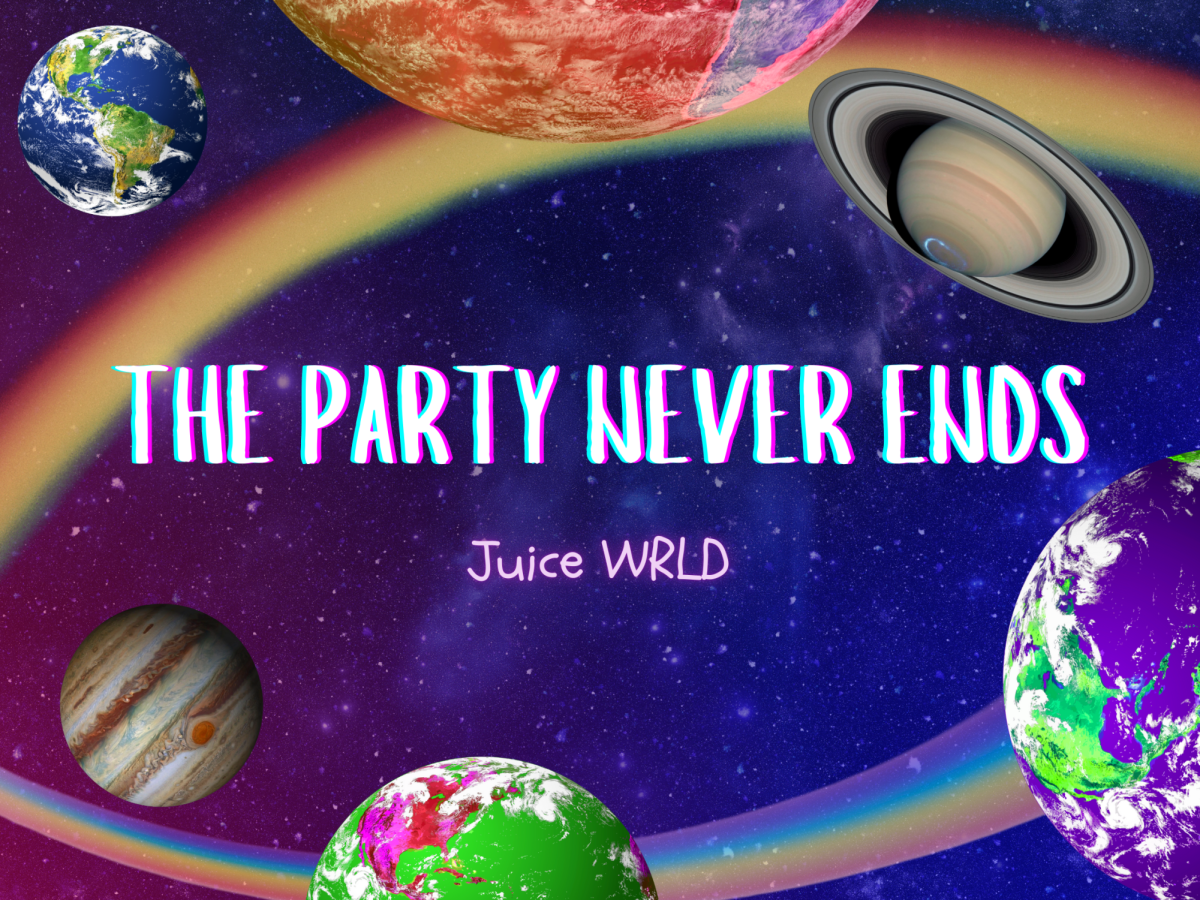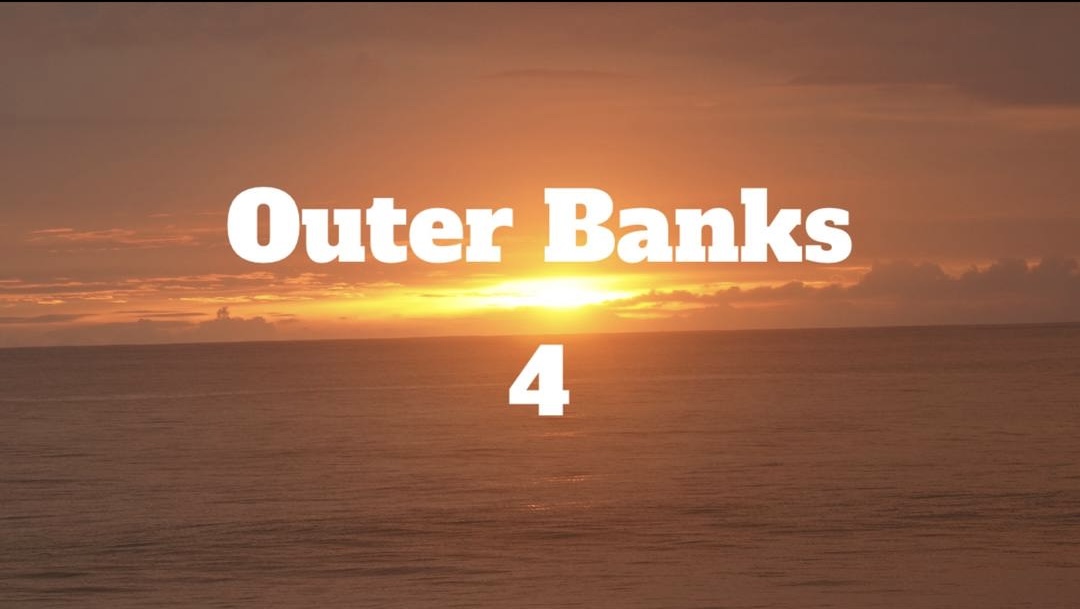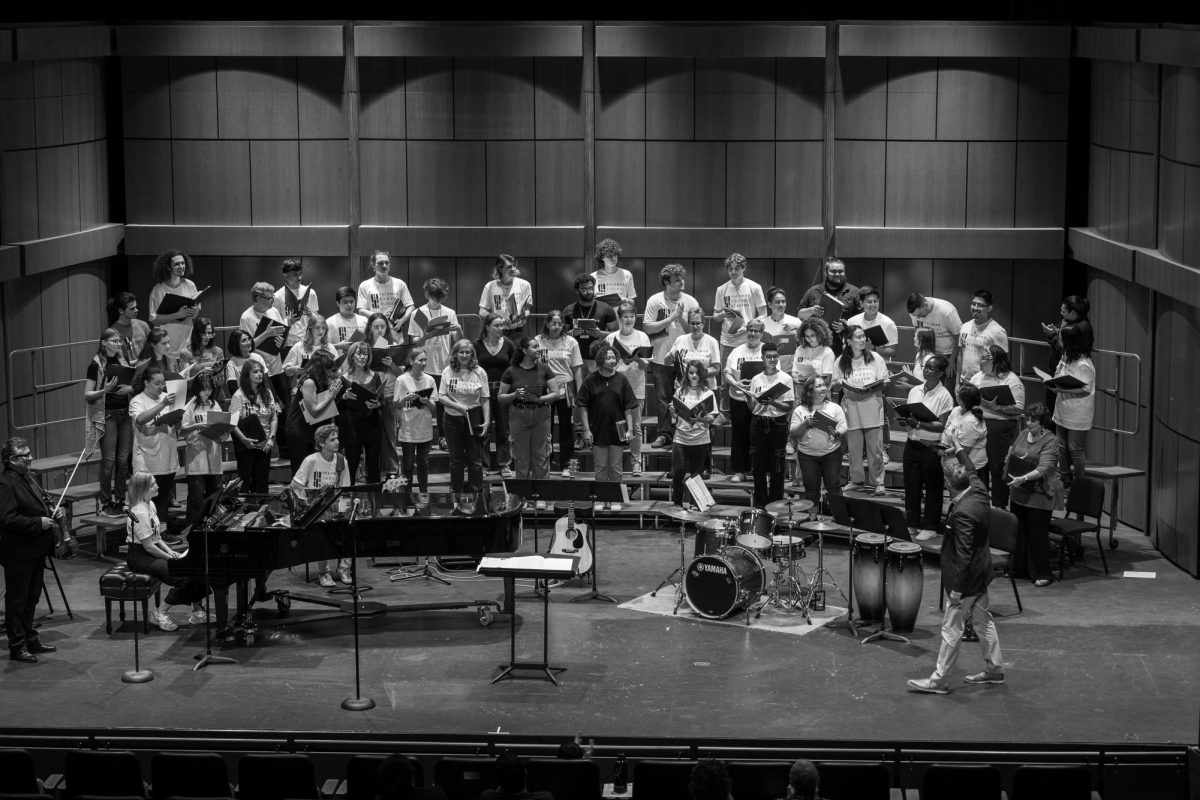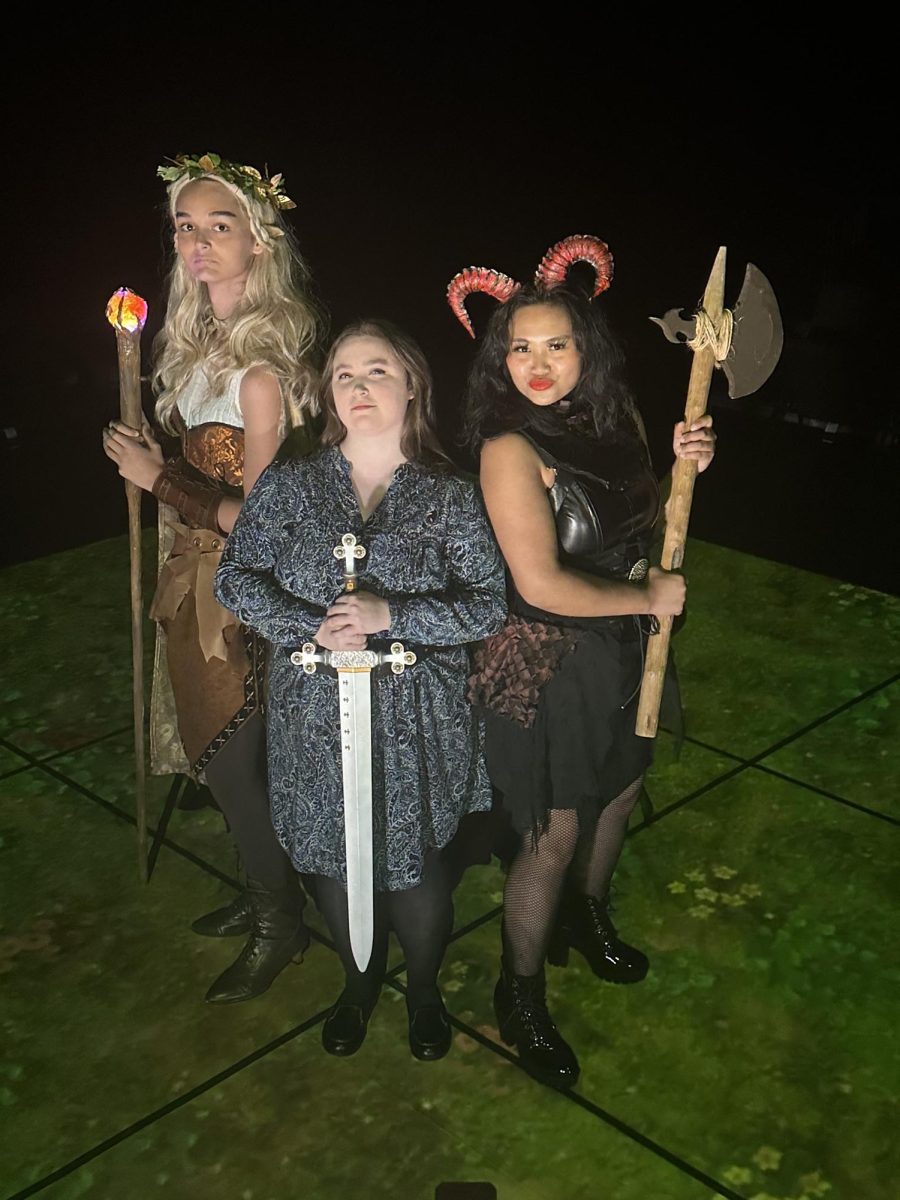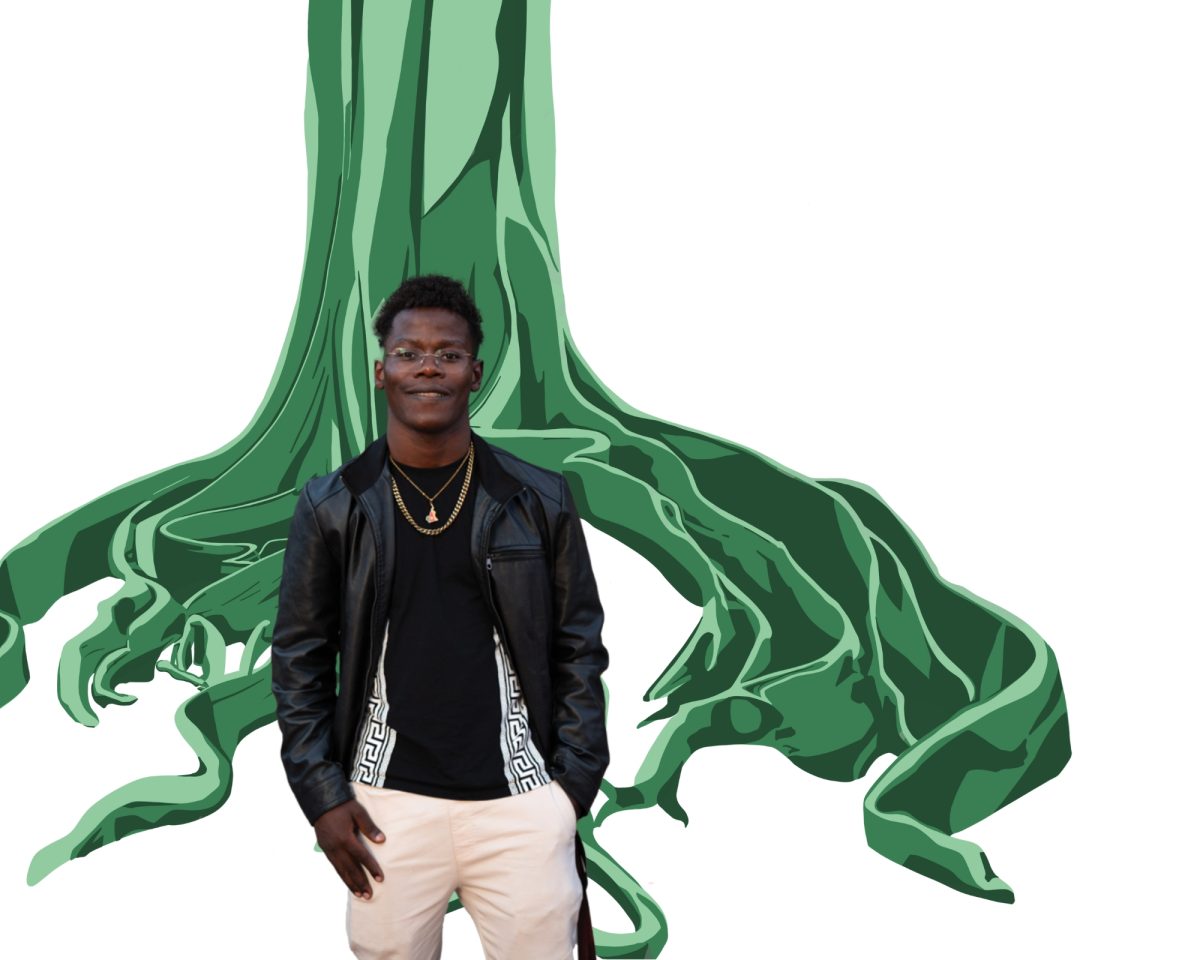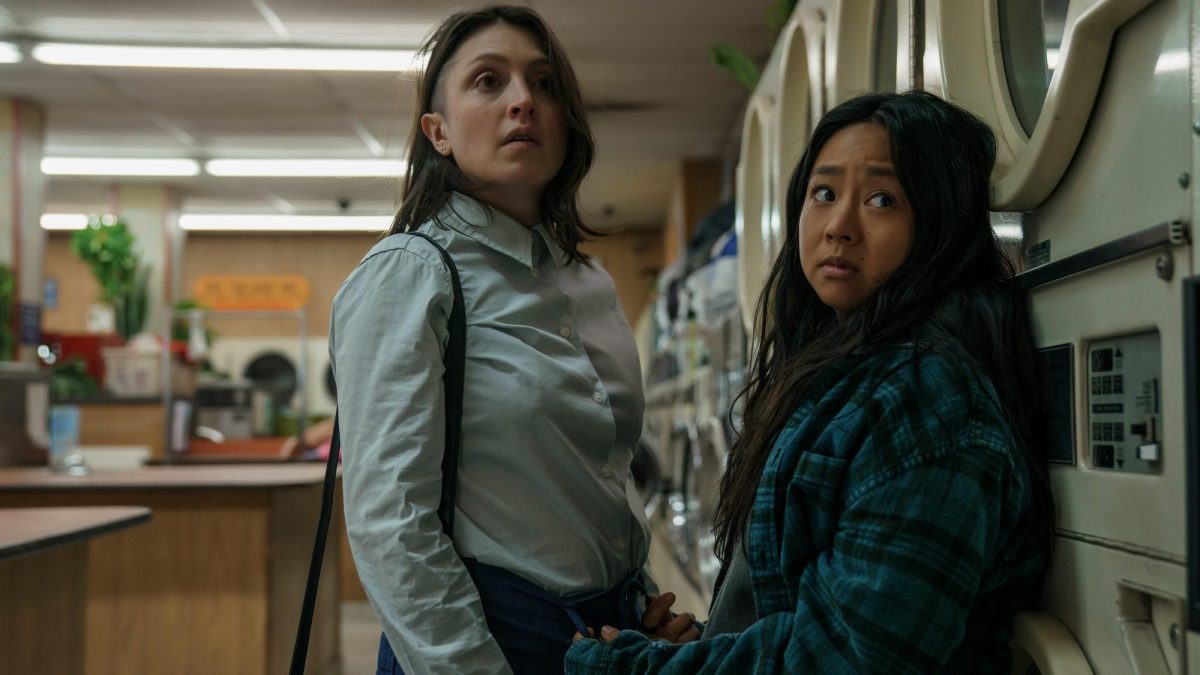“Birth of a Nation” has had quite the history. Premiering at the 2016 Sundance Film Festival, Nate Parker starred, wrote, and directed this film about the life of Nat Turner, a slave preacher who led one of the most violent slave rebellions in US history.
After it’s showing at Sundance, Fox Searchlight bought the movie for $17.5 million, making it the highest deal made at Sundance to date. With that said, many might wonder if this movie could truly live up to its hype. My short answer, it passes with flying colors. My long answer, well, let’s find out.
The first thing noticeable about the film is it’s subdued color pallet. Parker and Cinematographer Elliot Davis use very muted colors throughout the film, which creates a great effect when they want to make something pop out. This includes things like blood from an open flesh wound, or a bright orange flicker from dual candles burning on a window sill.
Davis also manages to make this film look gorgeous even with in some of the most remote places. Towards the beginning of the film there is a sweeping shot of a cotton field that takes my breath away. Watching A sea of almost unnaturally white fly across the screen gives this film a haunting beauty that resonates with you.
Parker too shows true talent behind the camera, doing a fantastic job at creating a balance between the violence of the uprising, and the love that led to it. Parker does not use blood as a prop, but instead like a persona that live alongside each of its characters. He knows when the film should lean into depicting hatred, into depicting love, and when to cut away from everything. Parker also knows when a character’s emotion is more important than showing the wounds on his body, and when it isn’t.
Parker also manages to get some fantastic performances out of his supporting cast, who steal the show. Arnie Hammer, an actor you may know from that abomination known as “The Lone Ranger”, is a highlight of the film, portraying a struggling land owner who is blinded by his effort to regain his family’s name back. His flip between brutality towards his slaves and regret towards his actions makes him one of the most powerful characters in the movie.
Another true stand out is Jackie Earle Haley, who played Rorschach in the “Watchmen” adaptation. While most actors would have stumbled and not worked, Haley comes off as a truly despicable human being, showing no remorse for his actions and creating the philosophy of “they are not people, they are untamed animals,” to justify them. I loved every minute he was on screen.
I will say this as a warning to anyone seeing this film, it is brutal. Unlike “Django Unchained”, a movie about a slave trying to rescue his wife from a brutal plantation owner, the violence in “Birth of a Nation” feels real and is not afraid to show horrific acts from both sides of the Rebellion. In one scene we see a dead slave on the side of the road as people walk by going about their daily routines. This is even more shocking than seeing that slave get killed.
Overall, “Birth of a Nation” is, hands down, one of the best films I have seen this year. The cinematography is beautiful, the acting is Oscar worthy, and the direction is smart. While no movie is perfect, it’s films like this that make you forget about its imperfections enough to make it worth the $12.50 you pay to see it in theaters. I would give it 3 ½ stars out of 4.






